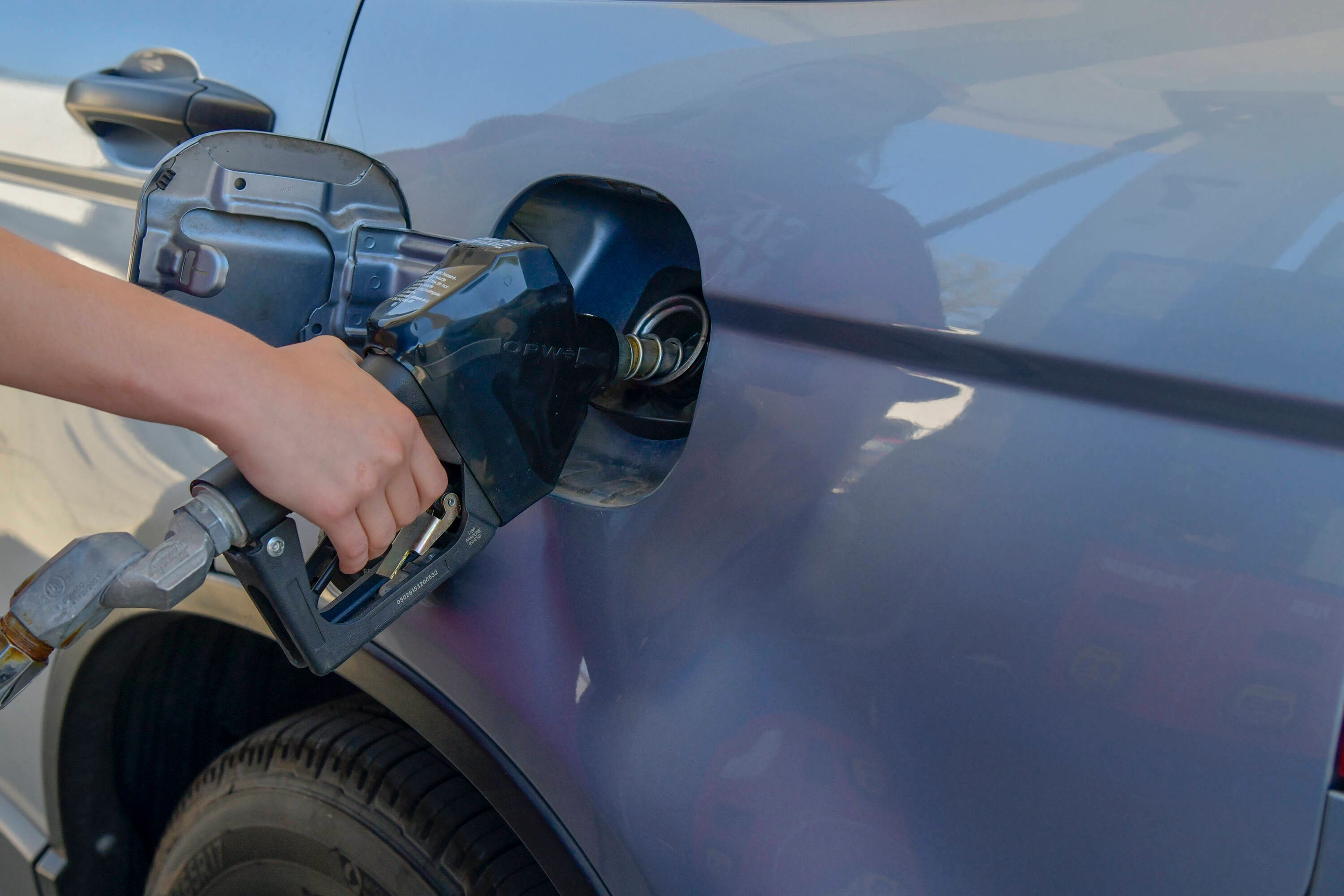Cutting-edge cooking
In this modern day, super-size-it America, the maxim has always been "bigger, better, faster, more." However, technological advances in the production of certain items are turning the status quo on its ear, making lack of size the bankable commodity. These exceptions include computers, cell phones and ... industrial and commercial barbecue grills...
In this modern day, super-size-it America, the maxim has always been "bigger, better, faster, more." However, technological advances in the production of certain items are turning the status quo on its ear, making lack of size the bankable commodity. These exceptions include computers, cell phones and ... industrial and commercial barbecue grills.
That's the word out of Ole Hickory Pits in Cape Girardeau. In fact, the advent of the smaller, more efficient industrial meat-cooking machine is taking place in the back room of the Ole Hickory factory at 333 N. Main St. There, the minds of owner David B. Knight and his staff have spawned and are churning out the future of a growing barbecue industry: the Convecture Tri Oven.
It looks like an oversized public mailbox on wheels, standing a little over 5 feet tall and more than 3 feet wide and deep. But it is made up of 18 newly patented devices and uses a revolutionary heat circulation method that Knight said is cheaper, more compact and more energy efficient than anything else in the industry.
The invention of this smaller grill has taken Ole Hickory -- already a leader renowned in the industrial circles of the barbecue world -- into more diverse markets than Knight had once thought possible.
In 1974, Knight built his first barbecue pit in a long-abandoned building by the Mississippi River in Cape Girardeau. The hulking brick oven was 10 feet long, 5 feet wide and three stories tall. It was the barbecuing backbone of a new restaurant called Port Cape Girardeau. The pit, which was typical of industrial barbecuing technology at the time, was primitive.
"We did it the way the cavemen did it, more or less," Knight said.
With no way to control temperature, meat was often burnt or undercooked and therefore wasted. The oven's manual damper also required constant surveillance by an experienced cook, namely Knight.
These restrictions put the bulk of the mass-barbecuing industry in the hands of larger companies that could afford to absorb the costs.
In addition to being inefficient, the oven was also dangerous. When too much grease accumulated, it caught fire.
"After the third time the Cape Girardeau Fire Department came to put out the fire, we started looking in a new direction," Knight said.
Knight was not a scientist, and he received no divine notion of the perfect grill design. He had only a master's degree in business administration, a restaurant that needed safer means of cooking and an interest in improving the way people grilled. But with the help of a friend -- Dale Pruett of Pruett's BBQ restaurants in Poplar Bluff, Mo. -- Knight threw around some ideas, built some steel-barrel prototypes and fought through the inventing process.
The result was a metal smoker that was still 10 feet long and almost 5 feet wide, but this time only 7 feet tall. It used a gas starter for logs that automatically shut off when the burning wood reached a certain temperature and it could hold up to 600 pounds of barbecue. It was safer, more efficient and, Knight thought, marketable. Ole Hickory was born.
Still a high-end itemKnight sold Port Cape in 1988 to focus on his growing manufacturing endeavor, which had taken shape in the old Employment Security Office building at 231 N. Main St., the current home of Red Letter Communications. There, Knight's company developed and distributed a range of cookers of different sizes.
With more control over the temperature and more cost-efficiency, these grills appealed to an expanding market of smaller businesses, but the size and cost of this equipment still restricted most of Ole Hickory's business to the big-time restaurateurs and professional barbecuers.
The quality of Knight's grills was starting to appeal to those people across the country and around the world. He was selling grills to Japan, Germany, Italy and Canada. Ole Hickory soon outgrew its first home and moved down the street to its current location at 333 N. Main St., in 1992. Then in 2000, it expanded again, moving the welding department across the street. This gave Ole Hickory more room to produce more of its wildly popular products.
But then, Knight noticed a change in the wind. Due in large part to the expansion cable food networks, Knight said public taste for barbecue and grilled foods began to grow and spread. An increase in control over the cooking, led to the increased ability to grill more delicate foods like fish and vegetables, taking industrial grilling into different realms of cuisine.
"Barbecue is the culinary chameleon," Knight said.
In addition, smaller restaurants, convenience stores and caterers began seeing more demand for grilled and smoked cuisine from a more mobile population that was going out to eat more and more. In addition, barbecue contest circuits were expanding to attract more amateur contestants who couldn't afford the state-of-the-art equipment. Seeing an opportunity to reach these smaller niche markets, Knight and associates turned inventors once more.
Smaller, better, fasterAnd through a long process of trial and error, the Convection Tri Oven Multi-Use Smoker was born this spring.
The goal was to make a smaller, cheaper commercial grill that would appeal to the mom-and-pop small business markets. Knight said the key to achieving that was eliminating a relatively small piece of equipment: the convection fan.
Most commercial grills have their fireboxes adjacent to the cooking chamber, the goal being to avoid contact between the food and the fire and thereby eliminate charring. As a result, most grills use a convection fan to blow the heat into the cooking chamber. The fan itself is a blade no more than 10 inches in diameter, and the apparatus to run it is smaller than a bread box, but the need to position it next to the chamber means more square footage for the grill.
The Tri Oven, however, uses a new method of heat circulation. By placing the firebox underneath and allowing the heat to rise naturally into the cooking chamber, the Tri Oven eliminates that extra space. As the heat rises into the chamber through a thin vent, it automatically circulates around the chambers curved walls and is vented through small port holes in the sides. The heat of the walls draws the hot air to the holes naturally, without the need of a fan. Not only does this make the grill smaller, but it eliminates the uneven distribution of heat that occurs in the standard convection ovens. That means the food will cook more evenly, using less energy.
Finally, because it requires less material to manufacture, it can be sold at a more affordable price.
At half the size of another grill that could do its job, and a fraction of the price, the Tri Oven has opened up a broader market for Ole Hickory. Now smaller restaurants, caterers and amateur cooking competitors can afford to buy and run a industrial-sized grill.
"It's taken us to new markets, places we've never been," Knight said.
trehagen@semissourian.com
335-6611, extension 137
Connect with the Southeast Missourian Newsroom:
For corrections to this story or other insights for the editor, click here. To submit a letter to the editor, click here. To learn about the Southeast Missourian’s AI Policy, click here.





